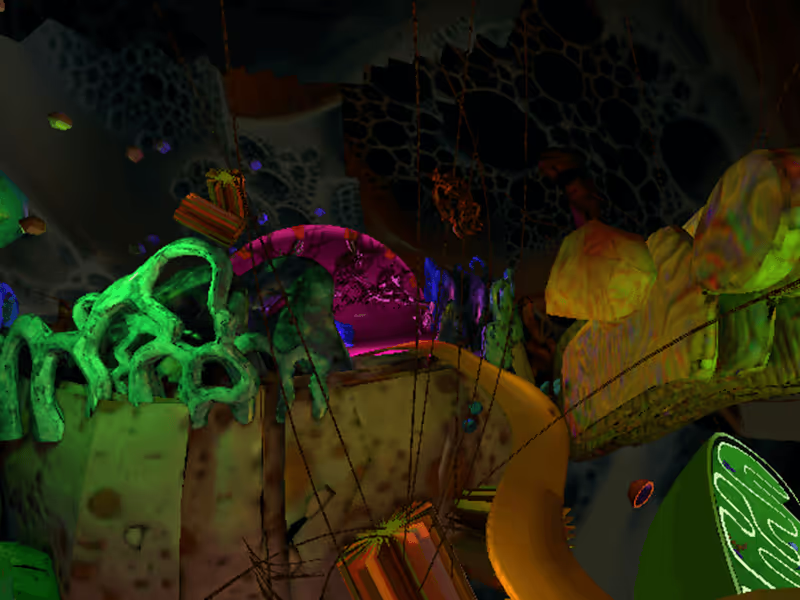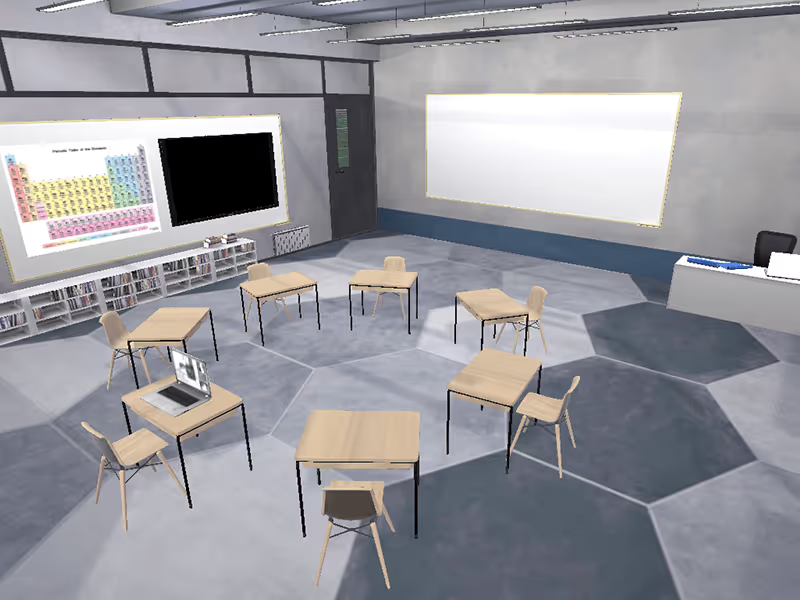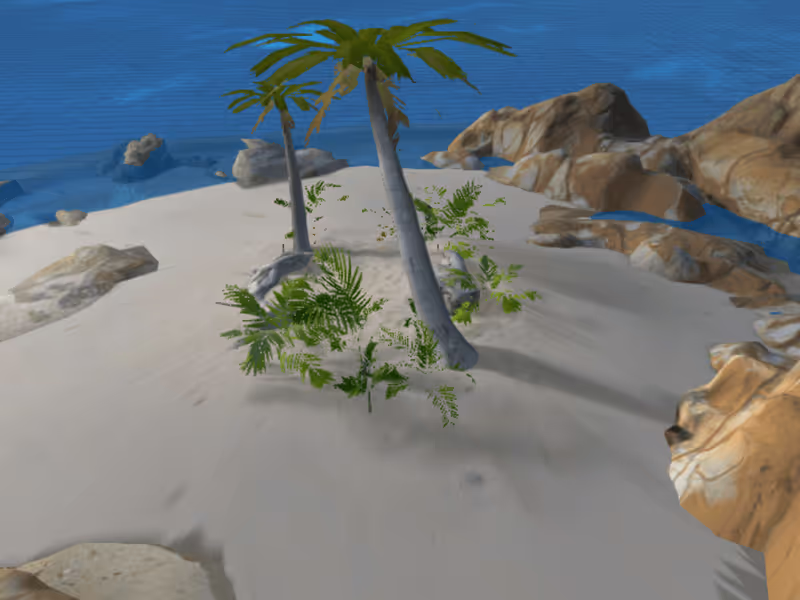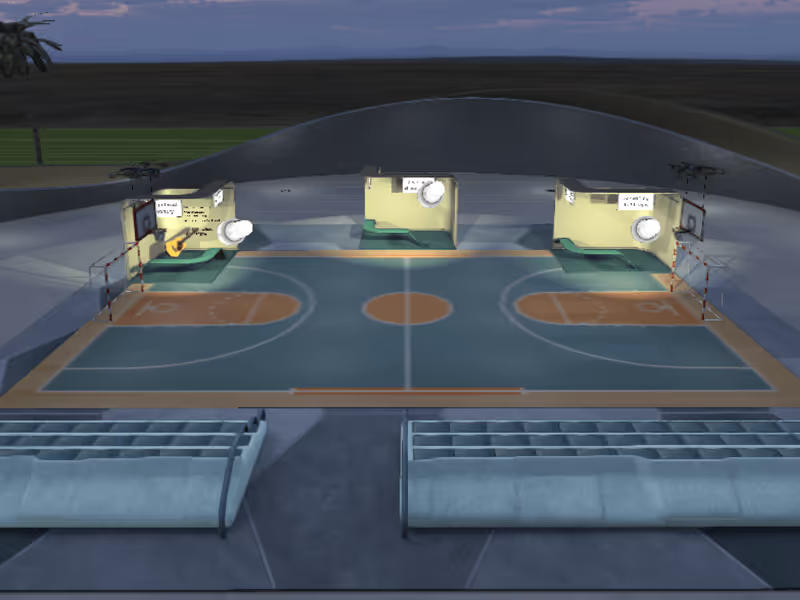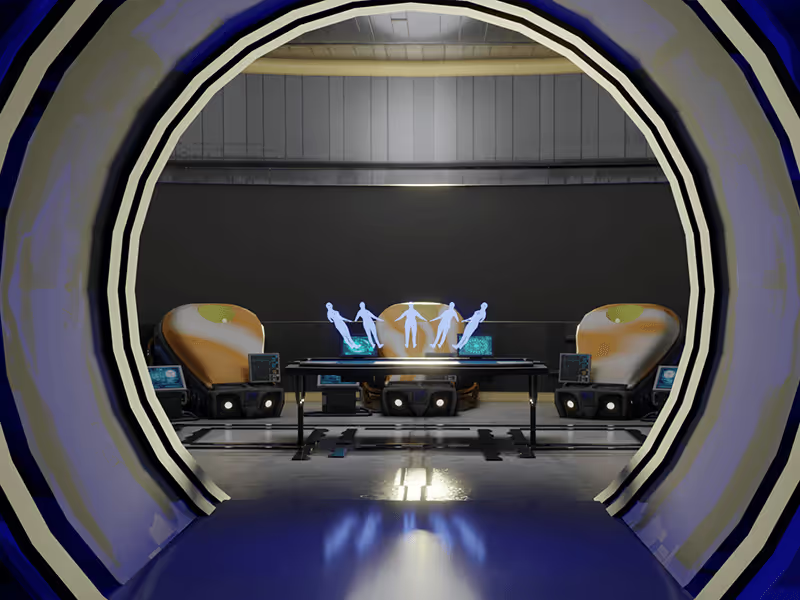The fastest way to create, gamify and publish 3D worlds
anitya is an AI-powered, collaborative game engine for visual creators, enabling them to build and publish gamified experiences from the browser to web, mobile and VR.
Trusted by


















Build anything your imagination dreams up
anitya provides everything you need to build engaging 3D web environments without technical expertise
Drag & drop magic - build stunning 3D worlds with zero coding
Collaborate in real-time - Create together from anywhere in the world
One click, everywhere - Publish to web, mobile & VR instantly
.avif)
Why do creators choose anitya?
Made for creators: Turn your ideas into engaging 3D experiences - quickly, intuitively and affordably.
Create and publish in minutes. Use pre-built templates, upload 3D assets and media files easily, and see instant results - all without downloads or installations.
Work with your team in real-time. anitya makes collaboration feel like playing together, not working apart.
We believe in democratizing creativity. No coding skills or expensive hardware needed. anitya runs on the web, works across devices and empowers anyone to build with ease.
Forget app store gatekeepers and game engine limitations. Share your worlds however you want – instantly, everywhere, on your terms.
.avif)

